Sign up for workout ideas, training advice, reviews of the latest gear and more.

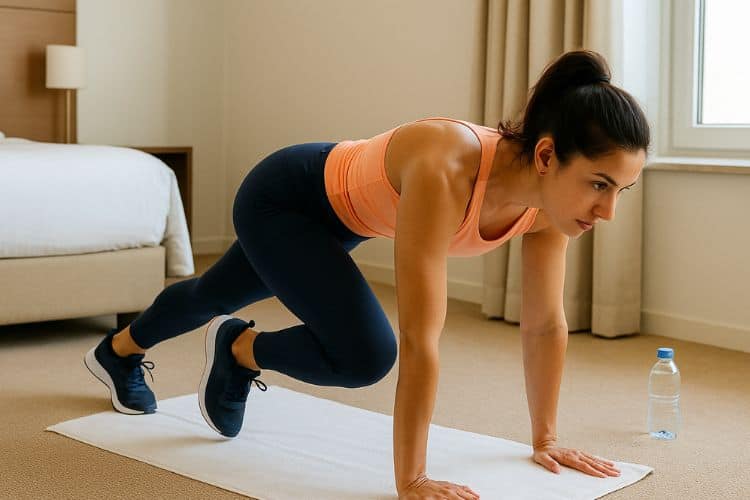
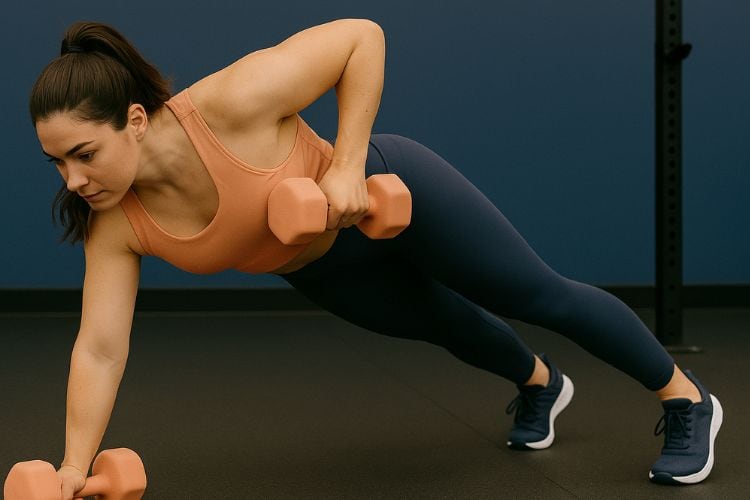
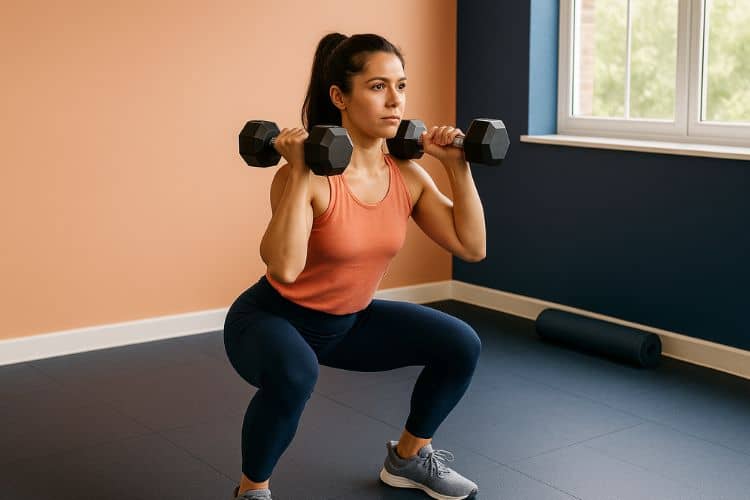
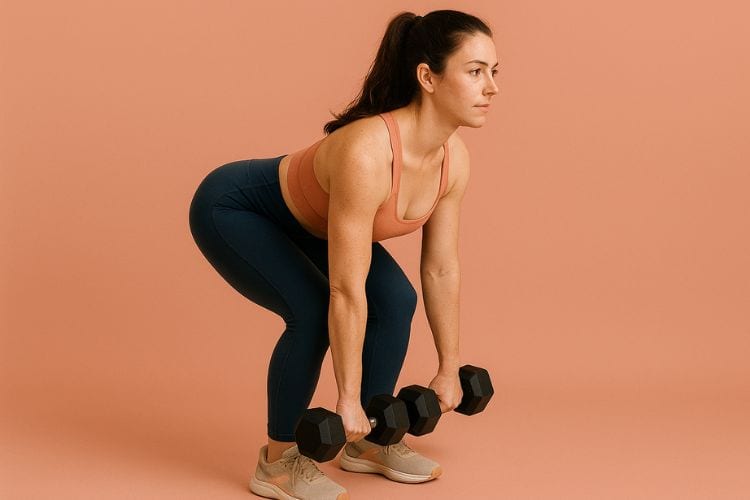
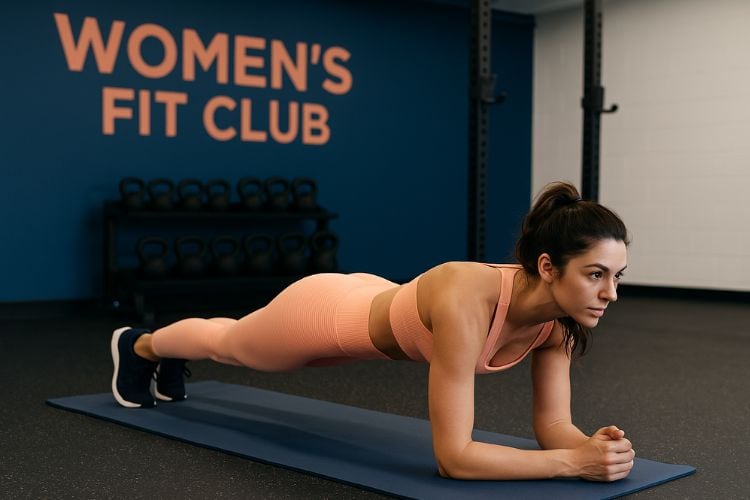
Many people experience neck strain during ab workouts, especially when doing traditional crunches or sit-ups. If you’ve ever finished a workout with your neck aching more than your abs, you’re not alone. Fortunately, you can build strong, sculpted abs without putting pressure on your neck — all it takes is choosing the right exercises and practicing proper form. In this guide, you’ll learn why ab exercises sometimes cause neck pain, how to prevent it, and the best ab exercises that don’t hurt your neck, perfect for beginners, women, or anyone looking for safe and effective core training.
When doing crunches or sit-ups, many people pull on their neck instead of using their core. This happens because the abdominal muscles fatigue, and the smaller neck muscles try to help. Over time, this can lead to tension, headaches, and discomfort.
A weak or underdeveloped core often forces other muscle groups — like the neck and shoulders — to assist with movement. Strengthening the deep core muscles, including the transverse abdominis and obliques, can reduce reliance on the neck.
If your head and spine aren’t aligned, you may strain your cervical muscles. Poor posture, such as tucking the chin too much or lifting the head too high, can make even a basic crunch painful.
Repetitive motion and lack of recovery time can tighten neck muscles, leading to soreness. Rest days and mobility work help prevent overuse injuries.
Before jumping into the exercises, it’s important to understand how to protect your neck during any core routine.
Imagine holding an orange under your chin — that’s the perfect amount of space between your chin and chest. Avoid tucking your chin or craning your neck forward.
Pull your belly button toward your spine and tighten your abs before every movement. The goal is to lift with your abs, not your neck or shoulders.
If you’re new to core training, place your hands lightly behind your head or use a small towel under your neck for support. Never pull on your head — let your core drive the motion.
Exercises that target the transverse abdominis (the muscle that acts like a natural corset) are key. When activated correctly, these muscles stabilize your spine and reduce strain on your neck.
Fast, jerky movements can stress your neck. Perform controlled repetitions and focus on breathing — exhale during the effort phase of each exercise.
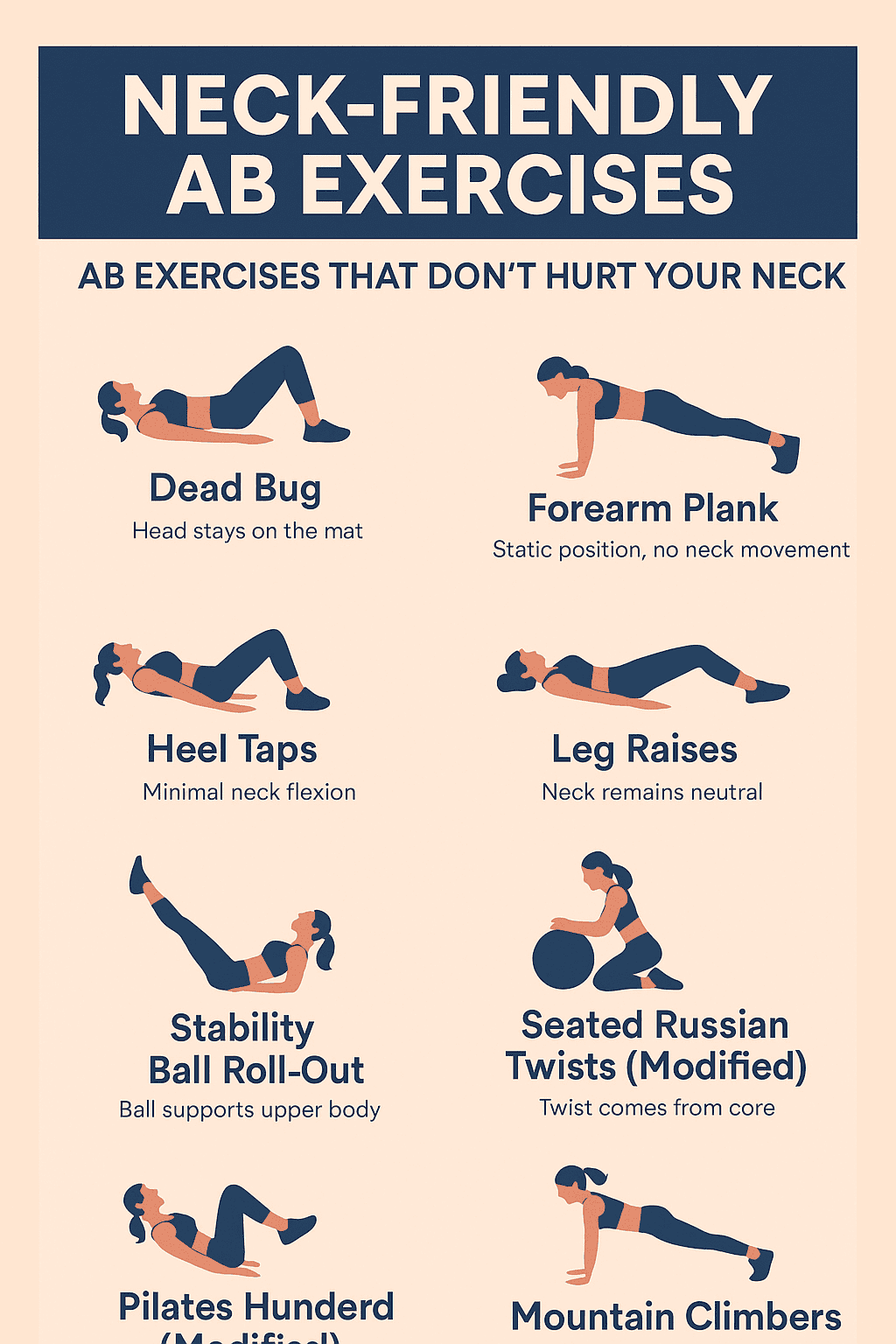
Here are some neck-friendly ab exercises that effectively work your core, obliques, and lower abs — without any pain or strain. These movements can be done at home, in the gym, or even during your morning workout routine.
Muscles worked: Transverse abdominis, rectus abdominis, lower abs, and hip flexors.
Equipment: Mat.
How to do it:
Tips: Keep your neck relaxed and eyes on the ceiling. Don’t let your lower back arch.
Why it’s good for your neck: Your head stays on the mat the entire time, eliminating strain.
Muscles worked: Core stabilizers, glutes, and lower back.
Equipment: Mat.
How to do it:
Tips: Keep your gaze down toward the mat to keep the neck neutral.
Why it’s good for your neck: The movement strengthens your entire core while your neck remains aligned with your spine.
Muscles worked: Core, shoulders, glutes, and back.
Equipment: Mat.
How to do it:
Tips: Avoid dropping your hips or raising your head — your neck should feel relaxed.
Why it’s good for your neck: The static position allows you to strengthen your core without any neck movement.
Muscles worked: Lower abs and obliques.
Equipment: Mat.
How to do it:
Tips: Keep your chin lifted but not tucked; your neck should feel supported.
Why it’s good for your neck: Minimal neck flexion and emphasis on obliques make this exercise both safe and effective.
Muscles worked: Lower abs and hip flexors.
Equipment: Mat.
How to do it:
Tips: Keep your head on the floor and your neck relaxed throughout.
Why it’s good for your neck: The neck remains neutral, and the movement isolates your lower abs.
Muscles worked: Core, shoulders, and back.
Equipment: Stability ball.
How to do it:
Tips: Keep your back flat and neck aligned with your spine.
Why it’s good for your neck: The ball supports your upper body, reducing strain on the neck.
Muscles worked: Obliques and rectus abdominis.
Equipment: Dumbbell or medicine ball (optional).
How to do it:
Tips: Keep your head in line with your torso — don’t twist your neck separately.
Why it’s good for your neck: The twist comes from your core, not your head or shoulders.
Muscles worked: Obliques and core stabilizers.
Equipment: None.
How to do it:
Tips: Keep your head still and focus on squeezing your side muscles.
Why it’s good for your neck: This upright move removes pressure from your neck completely.
Muscles worked: Core and hip flexors.
Equipment: Mat.
How to do it:
Tips: If your neck feels strained, lower your head back down.
Why it’s good for your neck: The modification allows you to rest your head if needed, preventing discomfort.
Muscles worked: Core, shoulders, and legs.
Equipment: Mat.
How to do it:
Tips: Keep your gaze down to maintain neck alignment.
Why it’s good for your neck: Your neck stays neutral while your abs do all the work.
Before starting any ab routine, activate your deep core muscles with movements like cat-cow stretches, pelvic tilts, or glute bridges. This prepares your body for exercise and improves stability.
A strong back, glutes, and shoulders support your posture and help your neck stay relaxed. Incorporate full-body movements like planks, supermans, and hip thrusts into your weekly routine.
Pilates and yoga emphasize mindful movement and core engagement without jerking motions. Many poses — like boat pose or bridge — are excellent for the abs and gentle on the neck.
Ten perfect reps are better than fifty sloppy ones. Controlled movements keep tension on your abs and off your neck.
Finish your routine with gentle neck rolls, upper-back stretches, and chest openers to relieve tension and improve posture.
Perform this routine 2–3 times per week. Rest 30–45 seconds between exercises.
| Exercise | Duration | Focus |
|---|---|---|
| Dead Bug | 45 seconds | Deep core |
| Bird Dog | 45 seconds | Core stability |
| Forearm Plank | 30–60 seconds | Full core |
| Heel Taps | 45 seconds | Obliques |
| Leg Raises | 45 seconds | Lower abs |
| Stability Ball Roll-Out | 45 seconds | Core and shoulders |
| Standing Side Crunch | 45 seconds | Obliques |
| Mountain Climbers | 45 seconds | Cardio core finish |
Repeat the circuit 2–3 times for a full workout.
Never use your hands to lift your head off the floor. Let your abs do the lifting — your hands should only support your head lightly.
Keep your gaze upward or slightly forward to maintain a neutral spine. Looking toward your knees causes neck flexion.
When performing any crunch-type movement, avoid lifting your neck separately from your shoulders. The head should move as part of your upper torso.
Tight neck muscles can worsen over time. Regular stretching, massage, or foam rolling can help loosen the neck and upper back.
If you experience persistent neck pain, tingling, or headaches after ab workouts, stop exercising and consult a healthcare professional. A physical therapist or certified trainer can assess your posture and form to identify problem areas.
A strong core supports every movement you make — from lifting groceries to improving posture. But building that strength shouldn’t come at the cost of neck pain. By choosing neck-safe ab exercises and focusing on proper form, you can sculpt lean, toned abs while keeping your body aligned and pain-free.
Remember: It’s not about doing hundreds of crunches. It’s about training smarter, moving mindfully, and strengthening your core from the inside out.
Want more workout and video guide?
Follow us on Pinterest, Facebook, and Subscribe to our Newsletter and Stay tuned for FREE downloads of our App coming soon!
Stay up to date on the latest women’s health, fitness and lifestyle trends and tips.